Humans have always harbored the innate urge to leave a mark on the world, and one of the best ways to do so is in the form of art.
We have initiated ancient painting techniques that imprinted our environment from prehistoric times. These artistic outlets beautify our world and express thoughts and feelings in a manner that surpasses words.
However, the evolution of art, images, and paintings perhaps began with primitive men scratching trees or rocks with stones. They often did so to identify tracks, perhaps as an indication of food or water source, or even to mark territory.
At some stage, however, our species discovered that tinctures and pigments worked more effectively when mixed with other liquid mediums such as water or saliva, and thus- painting was born.
Evolving through the centuries, prominent figures have innovated many painting techniques. The field boasts many well-known figures, like Caravaggio, Salvador Dali, Norman Rockwell, Leonardo Da Vinci, Gustave Doré, Monet, Giotto di Bondone, Henri Matisse, and Hieronymus Bosch.
Here are the top 10 ancient painting techniques practiced for centuries and evolved to birth to modern and innovative artistic techniques.
What is the oldest painting technique?
Content
Fresco is the oldest known ancient painting technique. This technique is what helped prehistoric cave murals to survive to this day. Artists perfected the Fresco in 16th-century Italy.
What is Tempera?
Tempera, also known as poster paint, has a history in ancient Egypt. It is often available as powdery pigments made from glutinous materials.
How did one make paint in ancient times?
In ancient times (antiquity), people made paints using grounded pigments and mixing them with gums or animal glue.
The pigments would come from earthy ores, like charcoal, vermillion, azure crystals, or natural dyes from vegetables or fruits.
10. The Ancient Painting Techniques of Prehistory
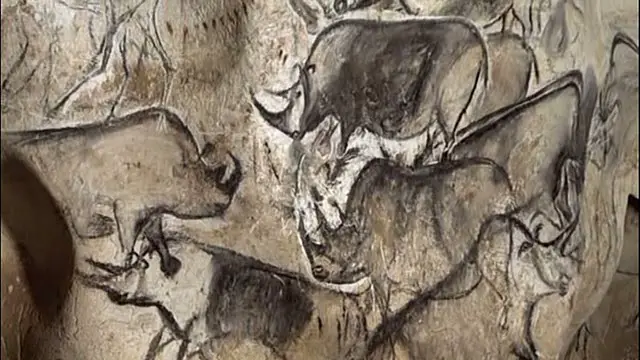
Cave paintings were the first paintings. Our forefathers decorated the walls of sheltered caves with paint concocted from mixed dirt and charcoal with spit or animal fat.
The porous walls of the caves caused the pigments to stick, perpetuated by drying the binding media (the spit or fat).
Most cave paintings archaeologists discovered today to tell the story of ancient painting techniques involving smearing the paint, dabbing it, and even spraying the colored mixture on the walls.
Likewise, cavemen could yield a finely grained distribution of pigment by blowing the paint through hollow bones, similar to an airbrush.
Similarly, the prehistoric paint palette mainly comprised pigments available near the vicinity. Today, they are known as “earth pigments” (hematite and limonite, red and yellow ochre, burnt umber).
Cavemen also used charcoal from bonfires, burnt bones, and grounded calcite to make black and white pigments. Indeed, many such cave and stone paintings are preserved today because of the use of iron oxide deposits.
A great example of a well-reserved cave painting from the prehistoric era is the handprints found in France’s Roucadour cave.
9. The Ancient Painting Techniques of Antiquity
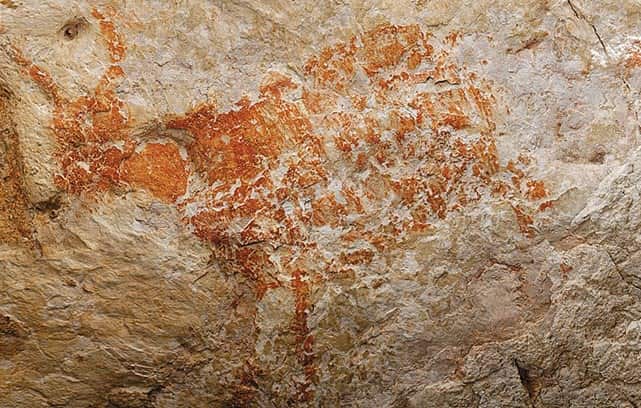
In fine art, the term “Antiquity” defines the period between 4,500 BCE (the beginnings of Western civilization) and 450 CE (the beginning of the Middle Ages).
Principal civilizations of early Antiquity consist of Mesopotamia, Egypt, and Ancient Persia. The Antiquity introduced more sophisticated techniques for painting.
Early Antiquity is also primarily characterized by many different types of art. They range from sophisticated forms of ancient pottery, and the invention of the potter’s the wheel to elaborate religious art, intricate decorative art, and ornamental weaponry.
Artisans also brought architectural facets like mosaic art, ivory carving, and pottery painting to life during classical Antiquity.
However, classical antiquity painting began with the Minoans, who invented the fresco. Painters protected true fresco paintings (buon fresco) from fading by applying earth pigments head-on to a fresh lime surface.
Unaffected by alkalis, earth pigments were perfect tints for antiquity art. Similarly, the fresco secco, where painters apply detailed paint onto a dry plaster, was prominently used throughout the Minoan palaces. Hues of black, white, red, yellow, blue, and green was widely popular.
Male skin in paintings was usually red, and the females were white. For metals, painters used yellow to indicate gold, blue for silver, and red for bronze.
Frescoes murals decorated the walls and the ceilings, and wooden beams were ornamented. They illustrated abstract shapes and geometric designs. In addition, all manner of subjects, ranging in scale from miniature to life-size, became prominent later.
8. The Ancient Egyptian Antiquity Painting Technique
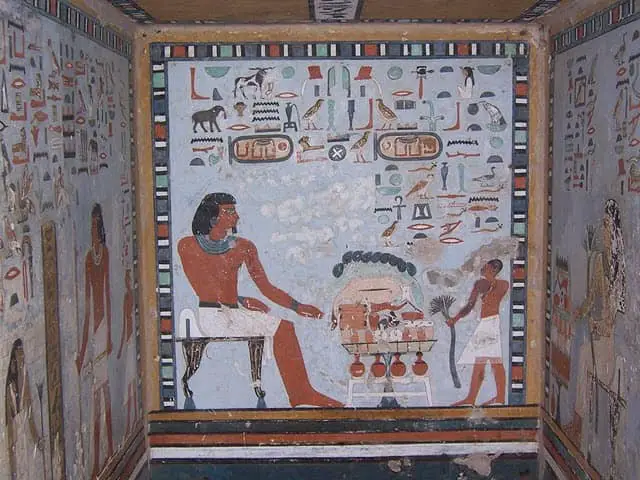
Egyptian artists enveloped limestone walls of tombs with delicate layers of plaster. They then painted various scenes onto the layers. The palette mainly consisted of black, blue, yellow, green, red, and brown pigments.
The painters used the binders to mix colors significantly, as the binders would help the colors stick correctly to the dry plaster. The process was possible using ground pigments mixed with gums or animal glue.
Not to mention, colors in Egyptian paintings are highly symbolic. As such, they were strictly regulated. Textile dyes, such as madder and indigo, were also employed in ink form as artists’ pigments.
However, the Egyptian artisans preferred pigments of Iron Oxide, mainly umber and yellow or red ochre.
But it was not until 4000 BC that the Egyptians began serious color manufacturing. They introduced pigment washing to increase tincture strength and purity.
They also produced new tints, the most famous Egyptian blue, using azurite and realgar around 3000 BC.
Egyptians were also the first to develop vegetable dyes. They also fixed color onto transparent white powder bases to produce pigments like madder and carmine- a process referred to as “lake making.”
7. The Ancient Greek Antiquity Painting Technique
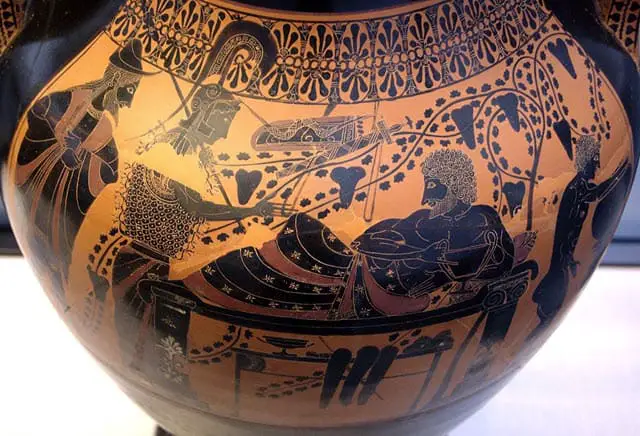
Artisans used the encaustic painting technique widely in Greece for easels. However, the Greeks’ contribution to painting was white lead manufacture.
This stood as the most commonly utilized white pigment made explicitly for the artists until the late 19th century.
Likewise, the red lead pigment was also developed by the Greeks. The Greek encaustic technique includes wax or a mixture of wax and resin as binders for the dye.
Similarly, Greek painters also used wax and eggs as media for pigments. Such potent formulas are what made ancient Greek art so durable.
6. The Ancient Roman Antiquity Painting Technique
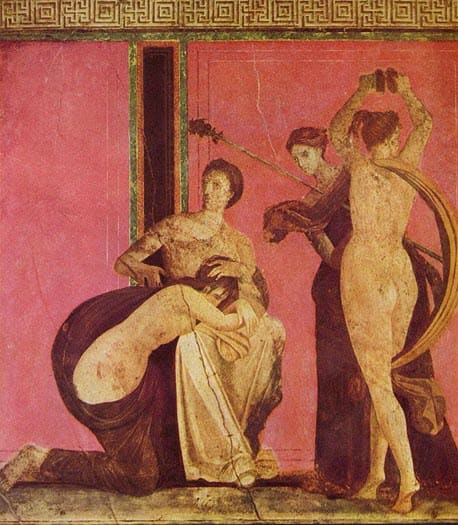
The Romans mainly exercised pigments developed by the Egyptians and the Greeks. Miners extracted Vermilion at Almaden in Spain to provide the Romans with this exotic tint.
Roman artists used the color vermillion extensively in wall decorations in the houses of the wealthy in Pompeii.
They also painted statues like the mighty gladiators and military generals. Furthermore, Roman women also wore vermillion as lipstick.
Romans used vermillion extensively into the 19th century based on durability and strength.
However, the history of Roman painting is essentially captured in plaster-wall paintings. Ancient literary references include Roman paintings on wood, ivory, and other materials.
Art that has survived to modern times was probably painted on the durable medium of fresco that adorned the interiors of private homes in Roman cities.
5. The Ancient Painting Techniques of the Medieval Ages
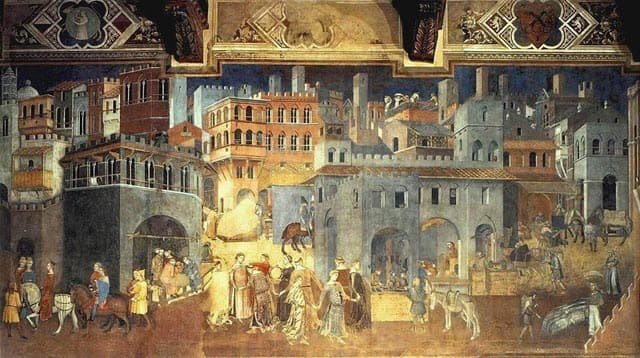
By the 13th century, egg tempera paintings were already well established in which pigments were mixed with water and egg before application.
After the water evaporated, the dried protein remaining bound the stain to the substrate.
The highly finished appearance of medieval paintings is due to the thin layers of glazes that painters used.
Likewise, artists also continued to use mineral pigments throughout the Middle Ages. They also used chalks dug right out of the earth for drawings, shaping them into sticks with knives.
Natural red chalks were also popular from 1500 to 1900, used by artists to depict warm hues. What’s more, artists such as Michelangelo, Rembrandt Van Rijn, and Antoine Watteau also used chalks to create some of the most revered drawings in the world today.
4. The Renaissance and Baroque Painting Techniques
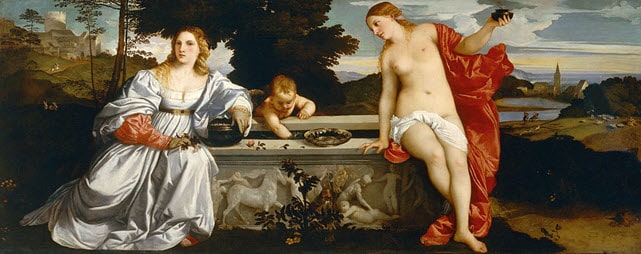
By the 15th century, painters started replacing eggs with walnut or linseed oil as the painting media. Because these mediums dried slowly compared to tempera, they created more versatile paintings.
Consequently, the bourgeoisie hired oil painters and canvas artists for a wider variety of situations, and subject matters for paintings also broadened accordingly.
Additionally, painters began to understand perspective and depth in the picture plane, stimulating a need for realism. That is why many paintings from this period present natural luminosity and plasticity.
Renaissance artists truly achieved a wholly new effect of color and realism. Perhaps one of the greatest examples of a renaissance painting is The Birth of Venus by Botticelli.
3. The Late Gothic Pallette
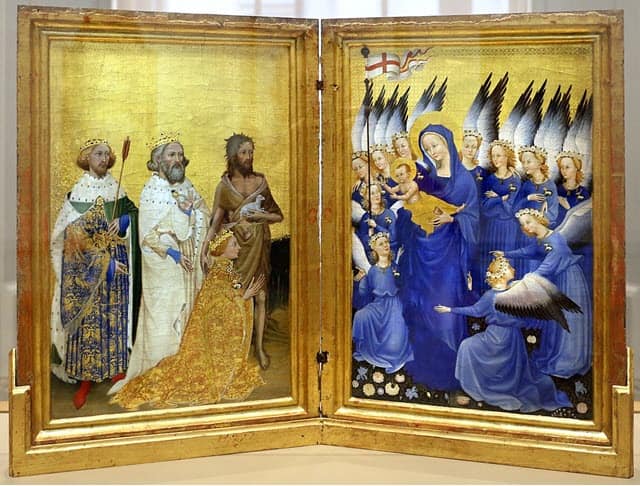
Hieronymus Bosch (1450 – 1516) popularized the late gothic palette. His most renowned painting- the Garden of Earthly Delights, is an excellent example of the ancient gothic painting technique.
However, although modern art historians categorize his work as Late Gothic, as opposed to the Early Renaissance work, Hieronymus Bosch principally painted in an “Alla Prima” style.
This is a painting technique where the painter subdues the pigments, laying them on in one application with little or no underpainting. However, the incredible thing about Bosch’s gothic palette is its endurance.
The Garden of Earthly Delights reveals an other-worldly creative, inventive, and unbelievable talent Bosch created during a turbulent and perplexing time.
2. The Late Renaissance Pallette
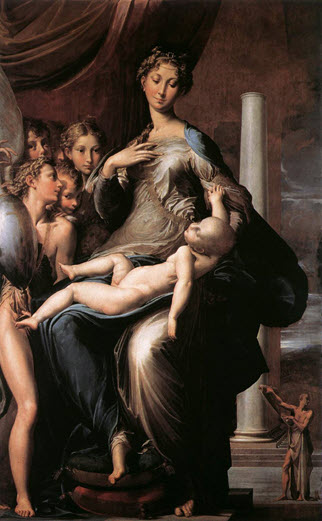
Tintoretto’s Miracle of the Slave (1518-1594) is the most prominent painting from the late Italian Renaissance palette. Speculated as the last great painter of the Italian Renaissance, Tintoretto was one of the greatest painters of the Venetian School.
A precursor of Baroque art, his paintings feature dramatic perspective space and special lighting.
Tintoretto was the son of a master dyer. In his painting- the Miracle of the Slave, the Venetian painter carefully used carmine pigments to achieve dramatic color effects.
The artwork attributes as one of the chief glories of the Venetian Academy. It represents the legend of a Christian slave who was to be tortured as punishment for acts of devotion to the evangelist.
1. The Baroque Palette
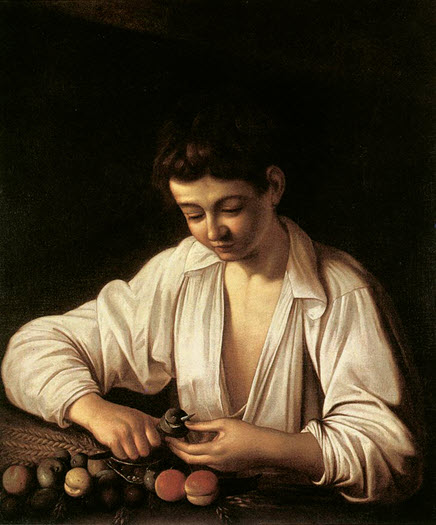
Caravaggio is the most famous Baroque painter today. His paintings glowed with the refine positions of the Oscuro (shadows).
Although painters already practiced the chiaroscuro technique long before he came on the scene, Caravaggio solidified the technique definitively.
His paintings darkened the shadows and transfixed his subjects in a luminous shaft of light.
What’s more, Caravaggio achieved this effect with a limited palette. He primarily worked with pigments, including red, yellow, and umber ochres. In addition, he also worked with a few mineral pigments like vermilion, lead yellow and lead white.
His paintings also feature organic carbon blacks and copper resinates. Caravaggio’s paintings depict his subjects painted in a veneer of earthy and ochre tints, with veiled brighter colors.
Conclusion
Although today’s painting techniques are more refined and innovative, ancient painting techniques, such as Italian Renaissance and French techniques, solidified the foundation for the Arts. Paintings, in general, increase cultural appreciation.
It elucidates us as part of living in the world as global citizens. However, besides just looking at a painting, it is also essential to dig into who the artist was.
It is just as crucial in the context of the art style and what they communicate. In conclusion, art mirrors and comments on history. Admiring paintings from different ages sheds light on the worldviews of the time.
